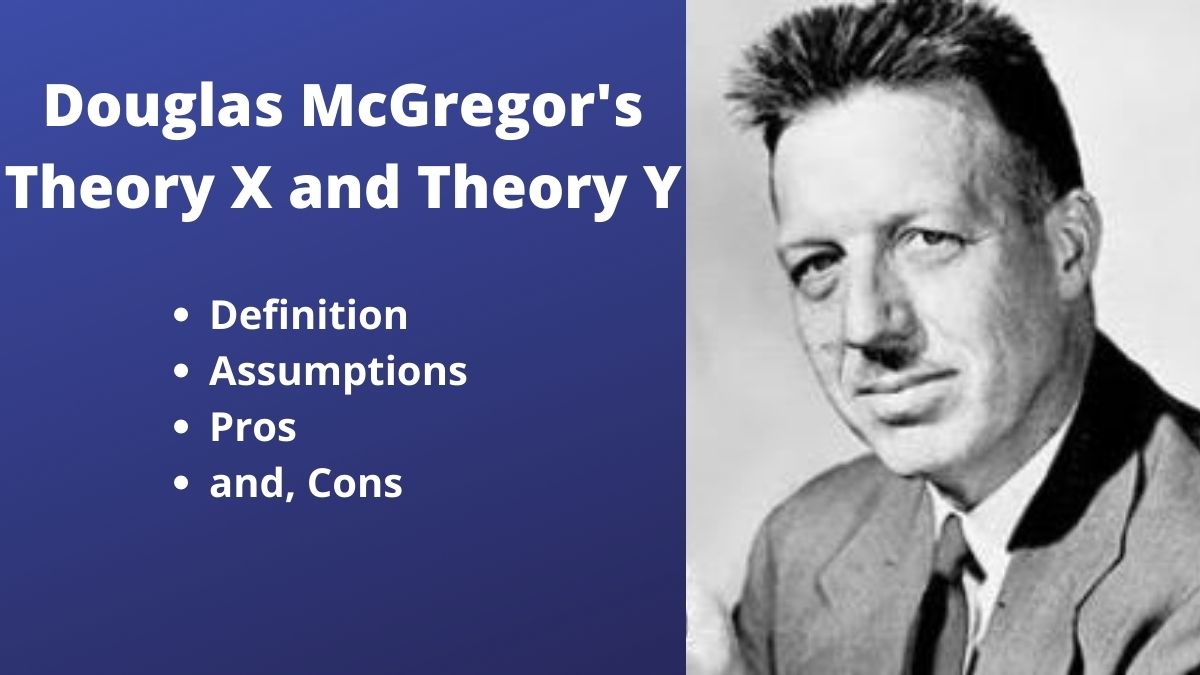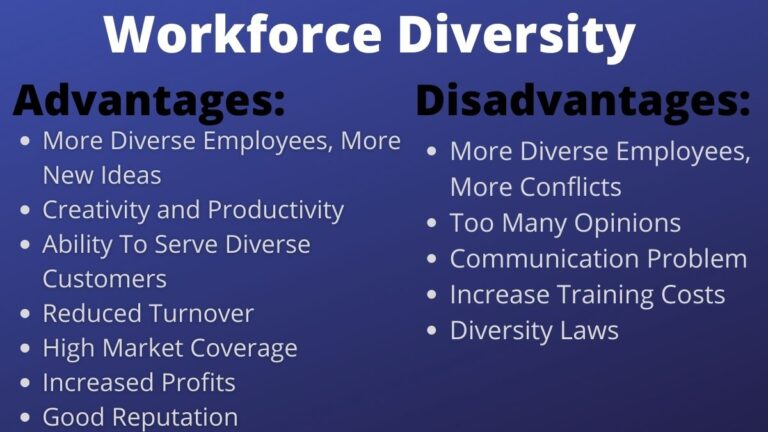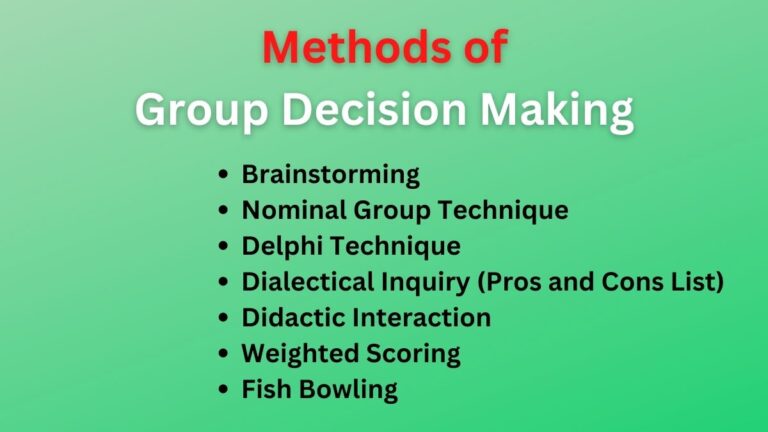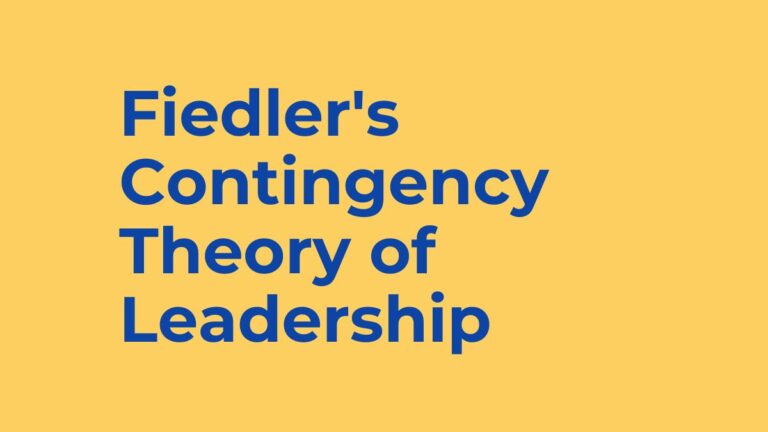What is Theory X and Theory Y? Definition, Assumptions, Pros, And Cons
Have you ever thought about how many types of people work in the organization? Are all they motivated to work or do just they come to sit and earn money? To this question, McGregor has given us the answer – he stated there are two types of people i.e. employees in the organization one is “theory X” type and another is “theory Y” type.
Let’s discuss what these two theories have to say.
What is Theory X and Theory Y?
Theory X and Theory Y is the motivation theory developed by Douglas McGregor (1906-1964), an American Management Professor. He assumed that there are two types of people in the workplace.
These two types are categorized into two groups (theory) Y and X on the basis of their nature and attitude. In fact, McGregor is the one who gave managers two attitudes about employees and made managers’ attitude has an impact on employees’ motivation.
According to him, theory X includes employees who naturally do not like to work – they are lazy and uncreative, and to bring their efforts to work completion close supervision is needed.
In Y theory, includes people who naturally feel positive towards work completion – they inherently love to work, they are self-motivated, and literally give their best effort for the execution of given work without much close supervision.
McGregor described there exist these two types of people in the workplace and both are important for an organization’s existence. He suggested, that there may be many reasons why some people love to work and others are not a manager should first analyze their situation and causes of attitude and take actions whether rewards or punishment to motivate them.
What is Theory X?
McGregor’s theory X consists of people who are characterized as having a negative attitude towards work. They are more directed by their self-interest than their organizational interest.
They usually ignore the work given by management whenever they can, they are lazy and indifferent to organizational goals. So he stated, that theory X employees work in an autocratic management style. Since they are not self-motivated they should be supervised and directed closely and still if not contribute to work they should be punished for doing so.
He holds the following assumptions of theory X people.
- They usually dislike work and responsibilities, take them as a burden, and try to avoid them if they can.
- Theory X encourages an authoritarian style of management.
- Since they do not like to work they should be corrected, threatened, and punished to execute the given tasks.
- They have a traditional view regarding workplaces and tend to resist change.
- They are self-centered, self-directed, and indifferent to workplace goals and objectives.
- They put in various offers associated with work and show little ambition.
- Employees will avoid responsibility and seek formal direction whenever possible.
Hence, theory X is the pessimistic assumption about workers and their attitude toward work. Type X people’s personal reasons might not be they have a negative attitude – the organization’s working environment, culture, incentive systems, etc. might be the reason they show fewer efforts toward organizational activities.
Related: Human Relations Theory of Management
What is Theory Y?
McGregor’s theory Y consists of people who are characterized by having a positive attitude toward work. They are self-motivated, happy, take responsibilities as responsibilities, and show greater willingness toward the completion of work.
He stated theory Y people like to work in a democratic or participatory work environment. They seek interaction with managers and like their suggestions included in the decisions. Managers do not have to give close supervision and pressure like theory X people to get work done from theory Y people.
McGregor holds the following assumptions of theory Y people.
- Theory Y people inherently like the work, they are self-motivated and take the organizational tasks as normal as their daily tasks.
- As they are self-motivated, directed, and committed to the execution of given tasks less supervision and management pressure is needed.
- They seek responsibilities and easily accept the change brought by management.
- Rewards, recognition, and praise even increase their positive attitude toward work and organization.
- Theory Y employees better work in a participating working environment.
- They are self-responsible, creative, and imaginative a positive working environment will be fit to use their creativity to solve various organizational problems.
- They are ambitious about their personal goal as well as organizational goals.
- They believe in the harmonization of goals and perceive the achievement of organizational objectives will later ensure the achievement of their personal goals.
Hence, theory Y is the optimistic assumption about employees and their attitude toward work. As they have a positive attitude toward work managers do have to invest more to make them work, however, incentives, praise, and positive behavior of management with them increase their organizational commitment.
Advantages and Disadvantages of McGregor’s Motivation Theory
It is obvious that some people resist duties and responsibilities and some easily accept them in the workplace. Usually, the practice of theory X is seen less in modern organizations since it asks for tight supervision and control like Weber’s bureaucracy which does not encourage innovation in the organization.
Similarly, the practice of theory Y is quite popular in today’s modern organizations. People love to work where their views are concerned and given opportunities. Since employees are self-motivated this theory encourages providing opportunities to make them work well for organizational goals achievement.
Some pros and cons of McGregor’s motivation theory may be pointed out below:
Advantages:
- Since a manager is clear about the attitude of his employees he can easily employ motivation measures concerning their attitudes.
- This theory helps us to know for theory Y people, are democratic, and for theory X people’s autocratic work environment is suitable.
Disadvantages:
- Although the manager is aware of pessimistic employees they are hard to motivate and he even easily can not fire them.
- It describes giving freedom, autonomy, and opportunities to Theory Y employees that do not always bring positive results as they might misuse the freedom.
In conclusion…
Hence, we can say that theory Y people are more important than theory X people for organizational prosperity. Theory X is difficult to manage and theory Y is easy. These two theories are opposed to each other. As a manager, you should take action according to the nature and attitude of your Y and X employees.
Read Next: 12 Theories of Management
Sajan Kushmi is a content writer with more than 4 years of experience. He holds BIM Degree. He write on the topics related to Management, Marketing, and Entrepreneurship.







Excellent